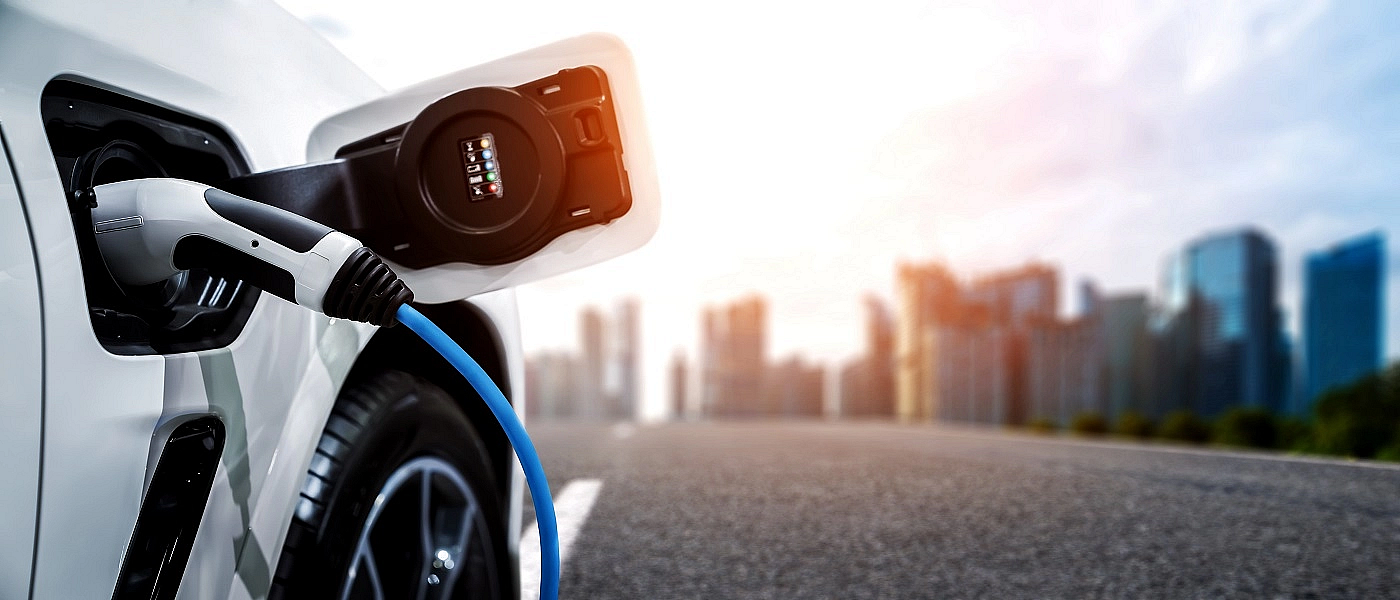
Maximizing Your Electric Car's Charging Efficiency in the Philippines

Given the diverse geography and varying infrastructure across the Philippines, planning your routes with charging stops becomes even more crucial. While major cities like Metro Manila may have ample charging stations, rural areas might have limited options. Use apps or navigation systems to identify charging points along your route, especially for longer journeys.
Understanding the local charging infrastructure is essential. While most charging stations in the Philippines support standard charging connectors, some may have specific requirements or compatibility issues. Familiarize yourself with the types of connectors used in the country to avoid any inconvenience when charging your electric car.
Take advantage of off-peak charging times, especially in urban areas where utility companies offer discounted rates during certain hours. Charging your electric car overnight or during off-peak hours not only saves you money but also helps alleviate strain on the electricity grid, particularly during peak demand periods.
Keep an eye on your car's charging progress. This allows you to monitor charging status and estimate remaining charging time accurately, ensuring your car is ready when you need it.
When using public charging stations in the Philippines, be mindful of other EV drivers. Charging spots may be limited, particularly in densely populated areas, so promptly move your electric car once fully charged to allow others to use the charging station.
To preserve your battery's longevity in the Philippine climate, avoid exposing your electric car to extreme temperatures, especially high heat and humidity. Parking in shaded areas or using car covers can help mitigate the effects of prolonged exposure to the elements.
Incorporating these tips into your charging routine will help you maximize the efficiency and convenience of charging your electric car in the Philippines, ensuring a smooth and enjoyable driving experience.